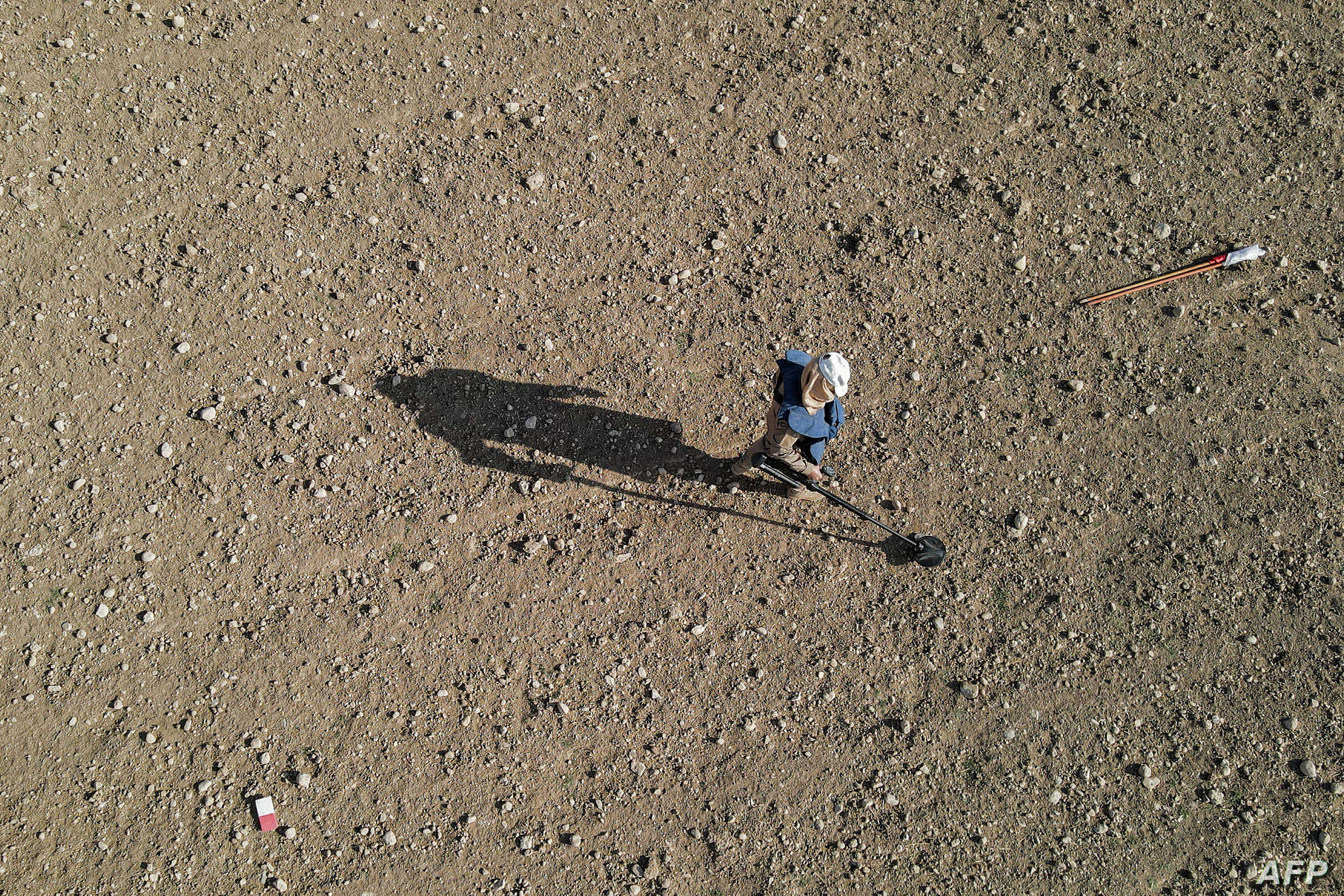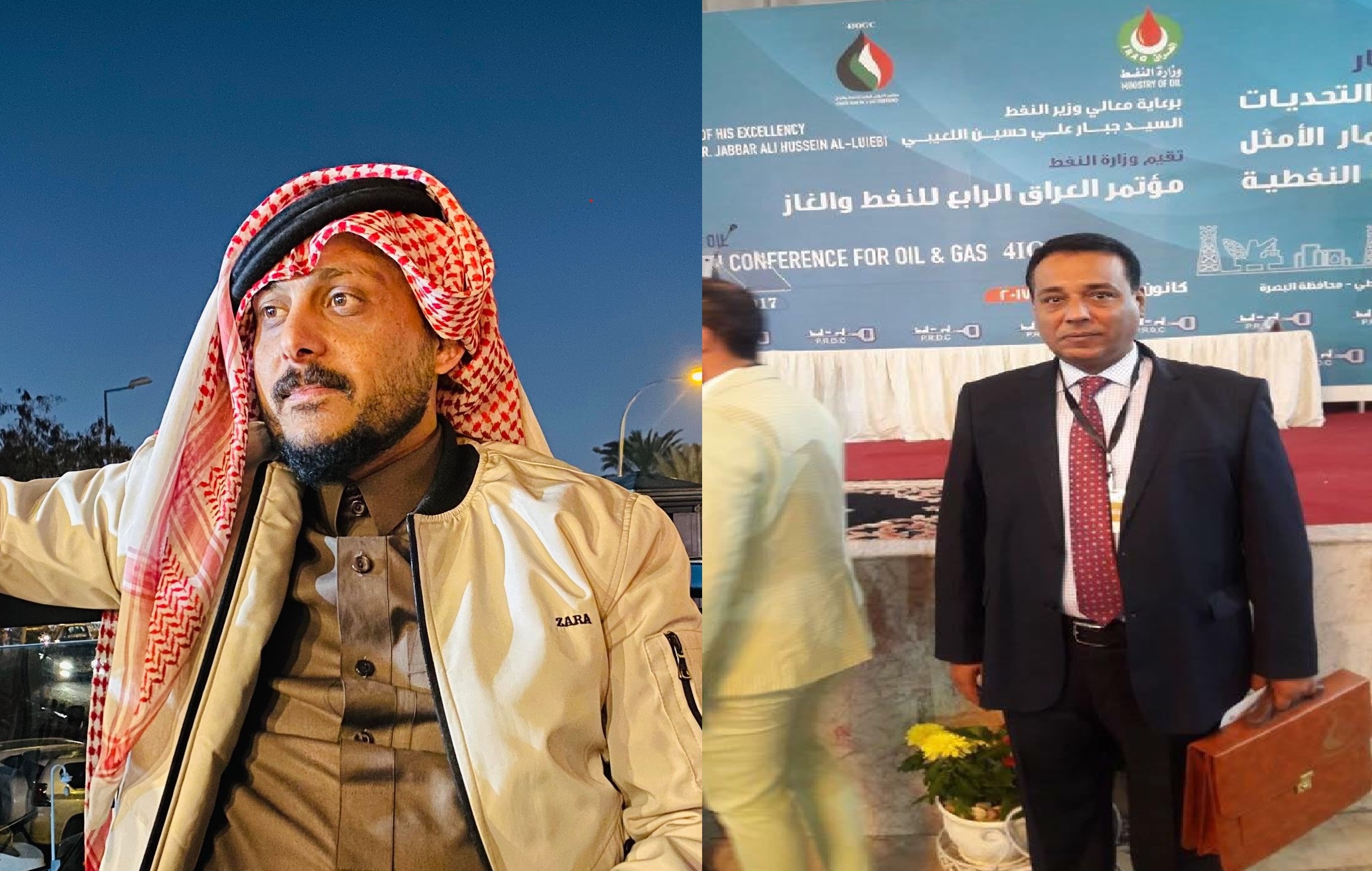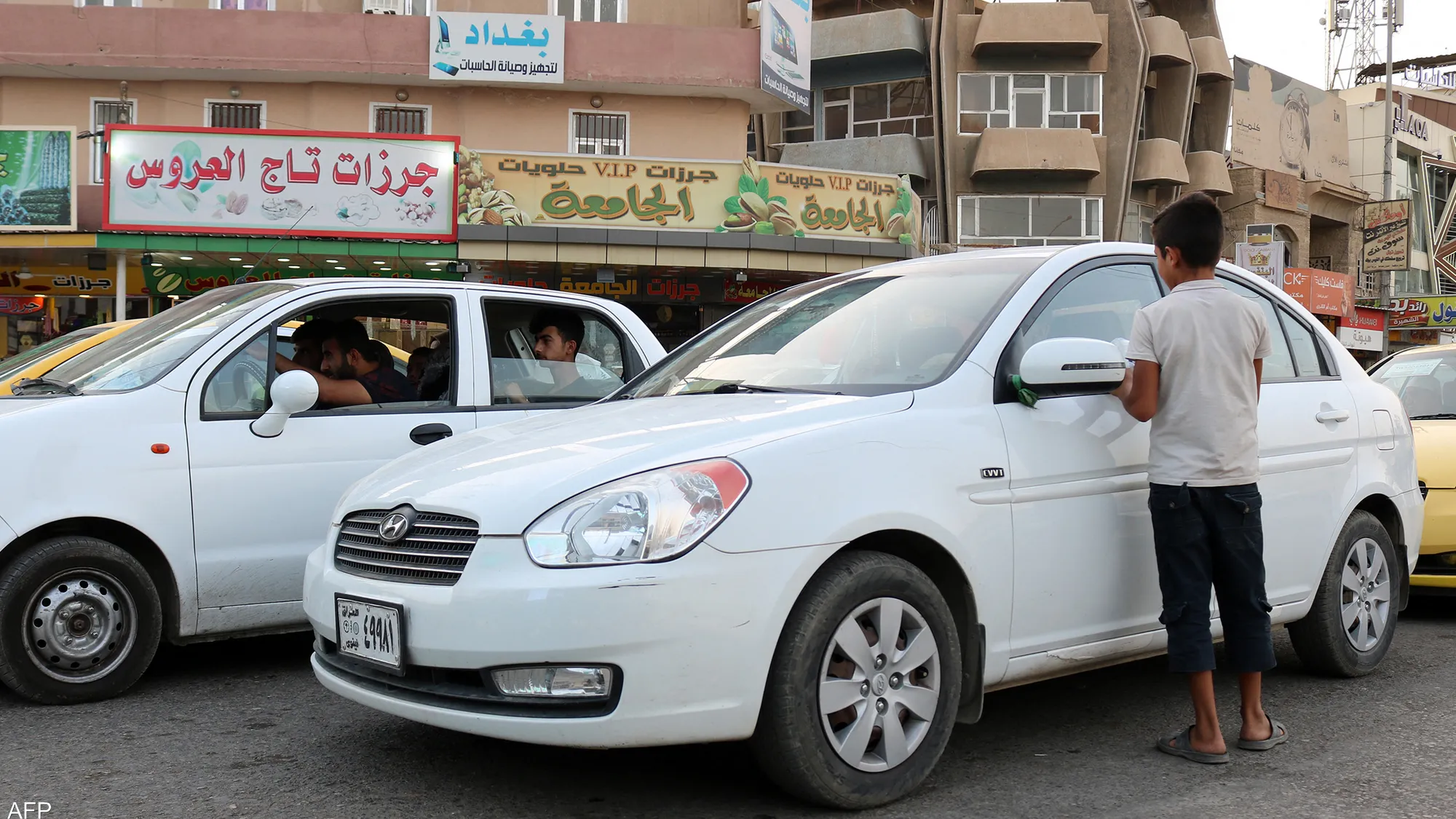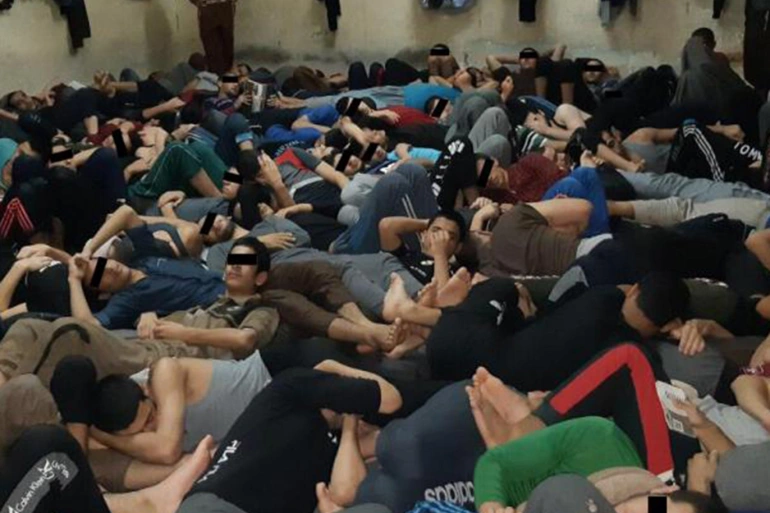The Iraqi Observatory for Human Rights said, ISIS planted mines in cities that it took control of in the summer of 2014 and that Iraqi troops later recaptured, and these explosives are continuously killing inhabitants, leaving dead and maimed.
Mines abound in the governorates of Nineveh, Anbar, Salah al-Din, Diyala, and Kirkuk, with one exploding on residents, notably children, shepherds, and soldiers, virtually every month. They also obstruct agriculture and rehabilitation.
Some people died after returning to their retaken neighborhoods from ISIS, where battle remains burst on them, some of which were inside their homes, according to the Iraqi Observatory for Human Rights.
Some people died after returning to their areas retaken from ISIS, where remnants of war exploded on them, some of which were inside their homes and they were unaware of it because they were satisfied with government assurances that their areas were safe, so they returned to them, and some of them were forced to return and leave the displacement camps, according to the Iraqi Observatory for Human Rights.
According to a United Nations report, over 100 children were killed or injured as a result of mines and war debris exploding on them in Iraq during the first nine months of 2021, and similar instances have occurred since the beginning of 2022.
In 2021, UNICEF voiced concern over the rising number of children killed by mines, and the Iraqi government stated that it "needs international assistance".
According to experts and local sources questioned by the Iraqi Observatory for Human Rights, Iraqi authorities' efforts to remove mines and explosives in regions retaken from ISIS are "far below the required level, with their use of crude techniques, putting its members at risk of death".
"The intricate ways used by ISIS in placing these mines and camouflaging methods complicate their deconstruction and confuse civilians and military people who are not specialists alike, causing them to detonate when they meddle with them or pass them without knowing it," they write.
"The lack or weakness of the culture of dealing with these explosives, and the failure of the authorities to make sufficient efforts in this field, including the least of which is alerting people about the whereabouts of mines, banning entry to areas contaminated with them, and putting up warning and educational posters to avoid the inevitable risk of death," they added.
This obstructs the return to normalcy in communities that are in desperate need of recovery, economic improvement, and the greatest possible use of their lands.
Information about demining in northern and western Iraq was analyzed by the Iraqi Observatory for Human Rights, which indicated the danger of these explosives remaining buried or thrown in homes, residential neighborhoods, agricultural grounds, public facilities, including schools, and roadsides.
According to the report, these mines and war remnants explode when the least pressure is applied to them, covering around 1,100 square miles of ground with explosives, which is "much less" than the actual extent of the impacted areas.
According to specialists who followed the data of local governments in the cities regained from ISIS for the benefit of the Iraqi Observatory for Human Rights, These governments' policies, projects, and interests are almost devoid of issues of removing mines and removing their danger from the population, except for what is done by non-governmental and international organizations, and the latter always confirms that their work alone is not enough and they need support".
The Iraqi Observatory for Human Rights met with a group of activists in Nineveh Governorate, and they discussed the mines that remain in Mosul, as well as the hazards that inhabitants face as a result of them, particularly in the ancient city on the right coast.
"The local administration is silent about the hazards that inhabitants face," the campaigners claimed, adding that "the local government occasionally fails to disclose the explosions that occur from time to time as a result of these mines".
The military and the Civil Defense Directorate are in charge of removing mines and unexploded explosives there, but their work is limited by their security responsibilities, and they sometimes have to wait for an appeal, complaint, or communication and information to be received before moving forward, implying that there are no vicious forces at work, according to local sources The Iraqi Observatory for Human Rights spoke to.
In addition to ISIS remnants, millions of mines from the eight-year war between Iraq and Iran (1980-1988), as well as mines from the 1991 invasion of Kuwait, are strewn across the border between the two countriess, from Basra to Sulaymaniyah through Diyala.
Many of these mines burst on civilians, including women and children, killing hundreds of people, and floods wash away scores of more every year.
Hundreds of people have died as a result of these explosives, including shepherds and individuals looking for scrap metal. Because several of its residents lost limbs as a result of mines and explosive ordnance, the village of Jurf al-Malah in Basra's Shatt al-Arab district was renamed "Al-Batran Village".
In December, a landmine exploded on five youngsters on their way home from school in Afak district, Diwaniyah governorate, southern Iraq, amputating one of their feet and wounding the others, and a mine exploded on family members on a picnic in Basra governorate.
Since 2014, Iraqi authorities have received hundreds of millions of dollars in aid from countries and international organizations to spend on efforts to remove mines and explosives, but this support has decreased due to concerns among donors that the funds would not reach their intended destination due to "corruption" in Iraq's government. Some foreign parties publicly questioned the country's use of revenues from its oil resources for this purpose, as well as its reliance on the international community.
Authorities counted 34,000 victims of explosives and unexploded mines, but they believe the true figure is far higher, and they anticipate that there are polluted places that have yet to be identified.
According to local sources and experts who spoke to the Iraqi Observatory for Human Rights, another aspect of the problem is the ease of making explosives and the availability of raw materials for them, "so that it is possible to turn a can of tomato paste into a bomb and use it in clan conflicts, for example, or to threaten and so on".
These concerns obstruct the return to a safe and stable existence for residents of liberated cities as well as residents of areas near minefields from the 1980s war, jeopardizing their livelihoods such as agriculture and jeopardizing the safety of their children and women.
Therefore, the Iraqi Observatory for Human Rights urges Iraqi authorities to make greater efforts to clear mines, missiles, and unexploded bombs, systematize the work of the program they are implementing, use modern procedures and advanced tools, and not rely solely on manual labor.
According to The Observatory, achieving the goal of the Iraqi authorities' program to remove all mines from the country by 2028 requires international support and effective participation on the ground by specialized organizations.
The Iraqi Observatory for Human Rights urges concerned government agencies to pay attention to disabled mine victims, to provide free prosthetic limbs to those who need them through a quick and direct mechanism, to provide the best possible services for them, and to simplify their registration procedures in the social protection network without intermediary or complication.




